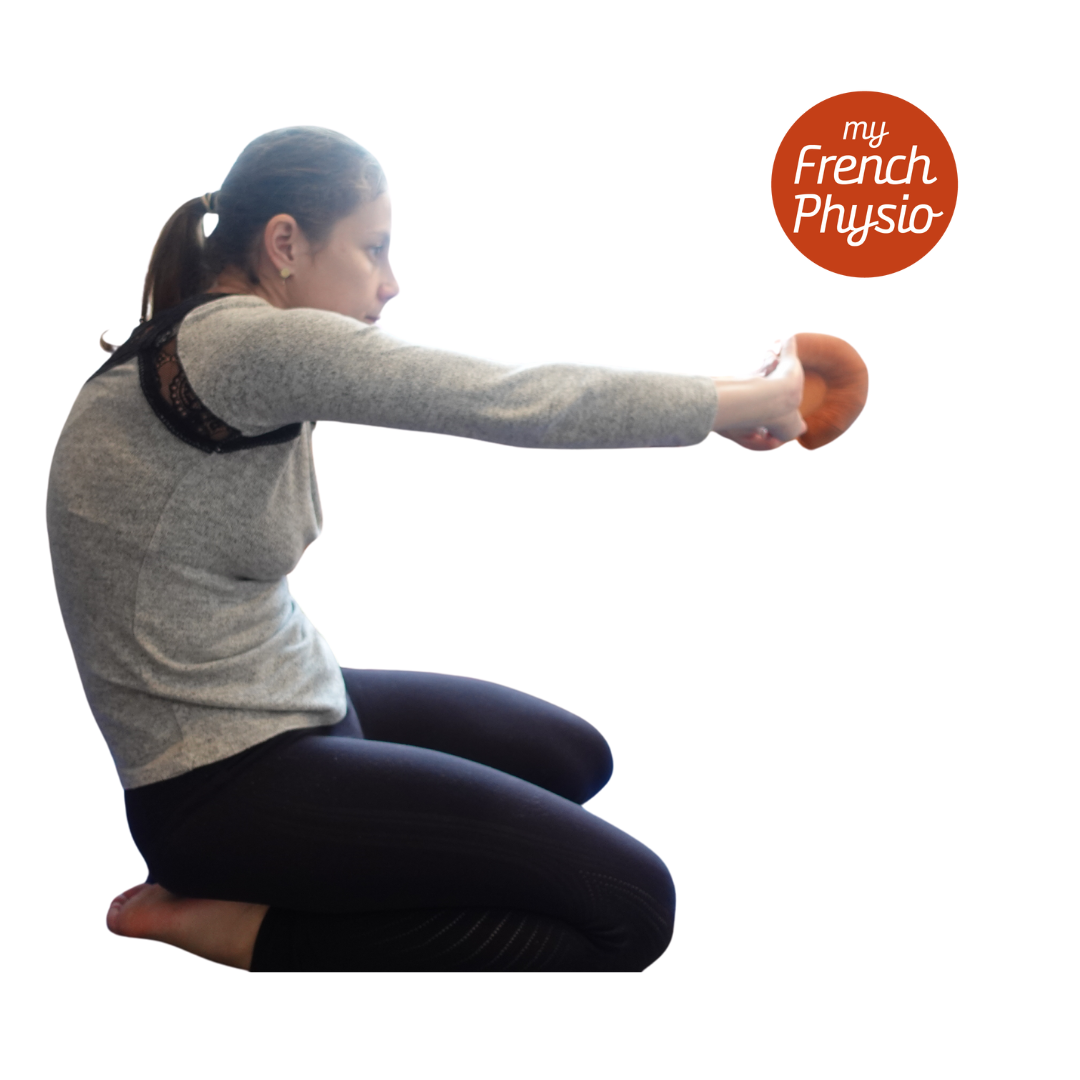Elodie Poissenot advises how to avoid neck and back pain
The early days of breastfeeding can be incredibly demanding and may leave little time or energy to think about posture. However, poor posture during breastfeeding can lead to back pain and make the endeavour even more complicated!
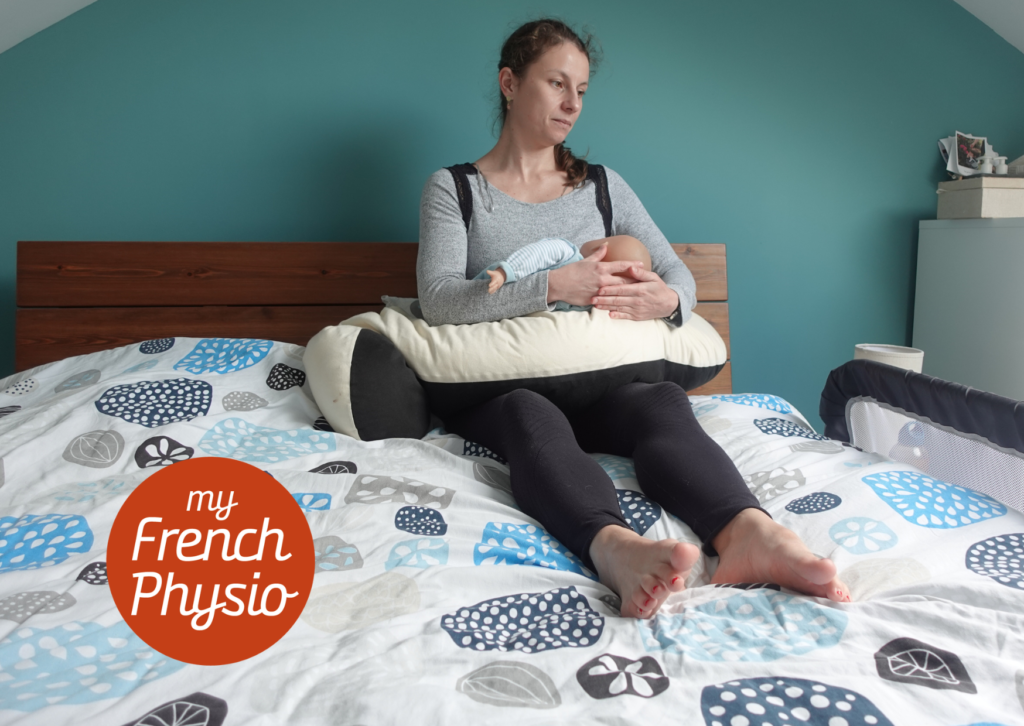
I am a women’s health physiotherapist, director of My French Physio in Kentish Town, and here’s my advice for this amazing journey.
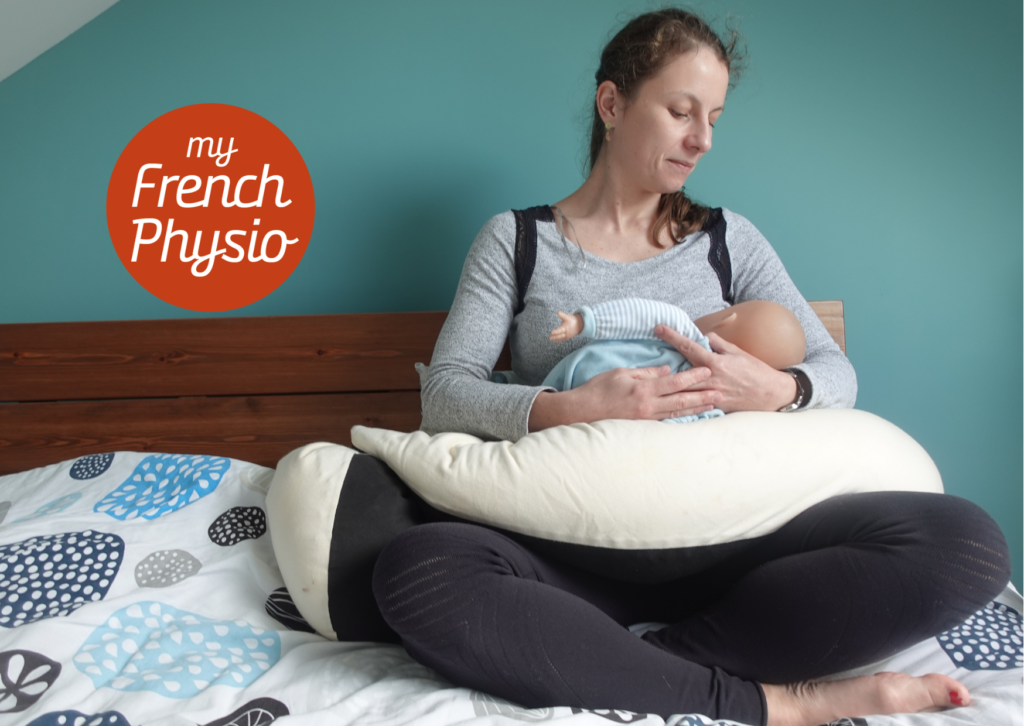
The key points are, change position regularly, and always be comfortable while breastfeeding. If you feel crunching, your baby will too. The moment of feeding should be a moment of sharing and connection, and you must both be relaxed to enjoy it.

The usual feeding positions are:
The Cradle Hold – One of the most widely used. However, you may become hunched or tense, as may your baby so you need to sit fully supported to avoid problems.
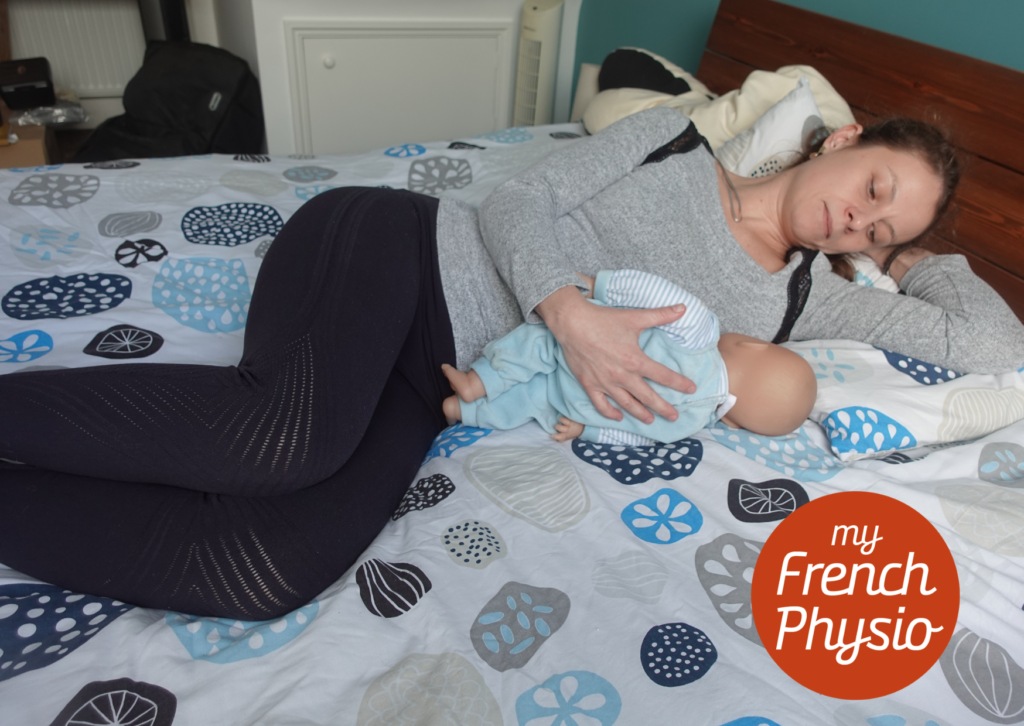
The Side-Lying Position – This is my favourite, a comfortable and convenient way to nurse, especially at night or when you need to rest. You could also do your pelvic floor exercises in this position! But you need to ensure the baby is facing you and you are both lying comfortably.
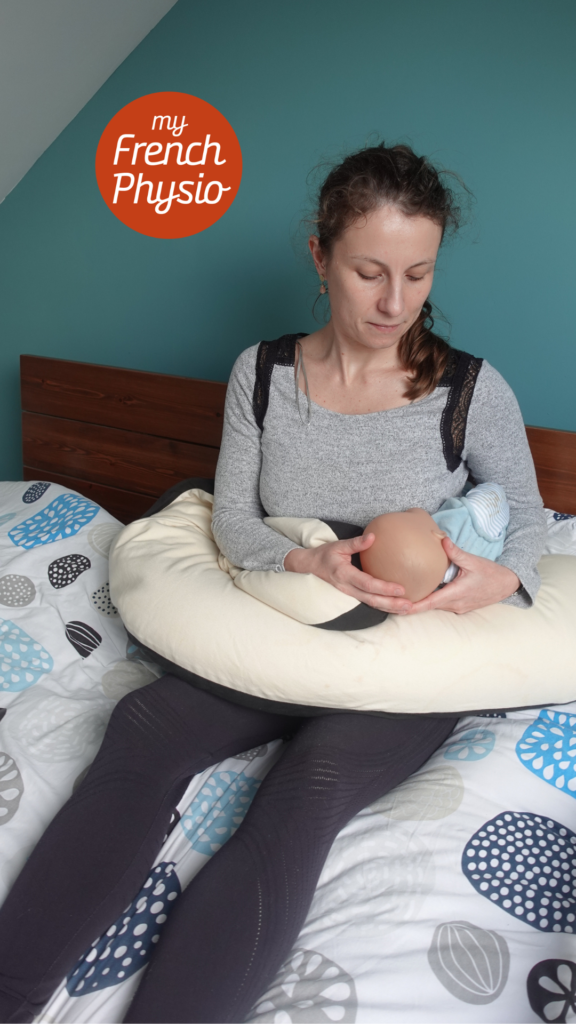
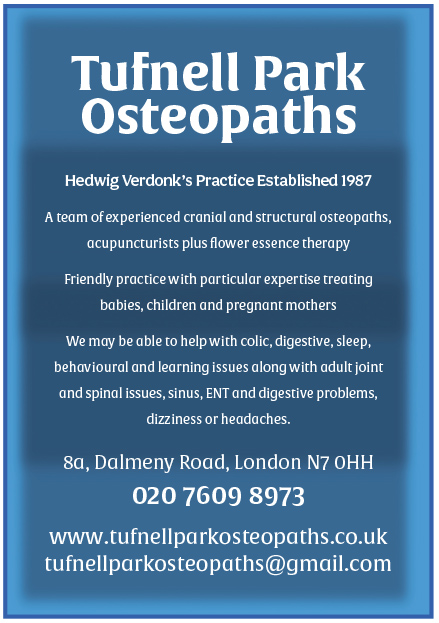
The Rugby Hold – Though not easy, this hold allows good visibility of your baby’s latch so is popular with those experiencing nipple pain as well as mothers who have had a caesarean section, those with large breasts, or mothers of twins. In this position, your baby is held under your arm on the same side as the breast you’re nursing from, with their body positioned alongside yours, similar to how a rugby player holds a ball. Again, you need to ensure good back support for yourself and comfortable positioning for the baby.
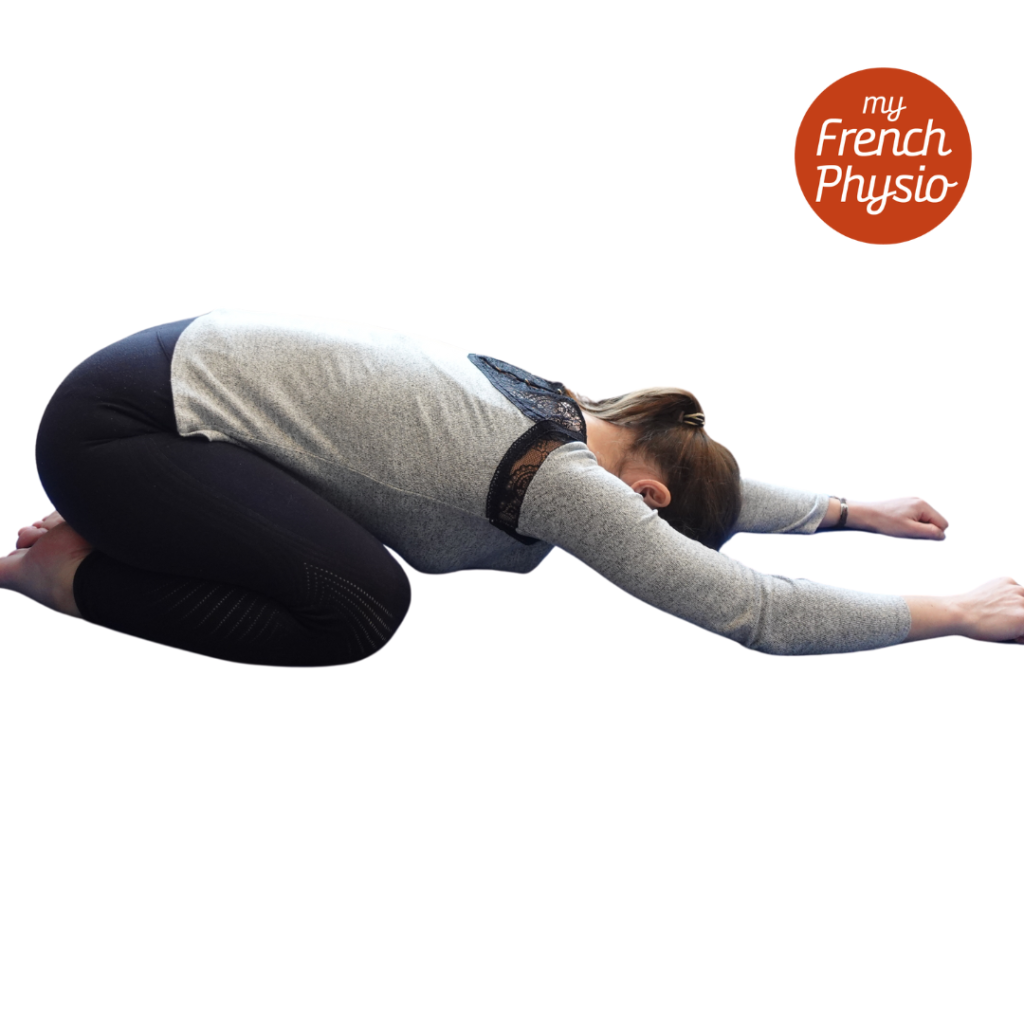
Stretching
However careful you are, tension can occur with breastfeeding. So here are some stretches to help alleviate. These can help relieve problems in the back and neck, promoting relaxation and comfort as breastfeeding continues. Incorporate the exercises into your daily routine to help prevent and alleviate back and neck pain.
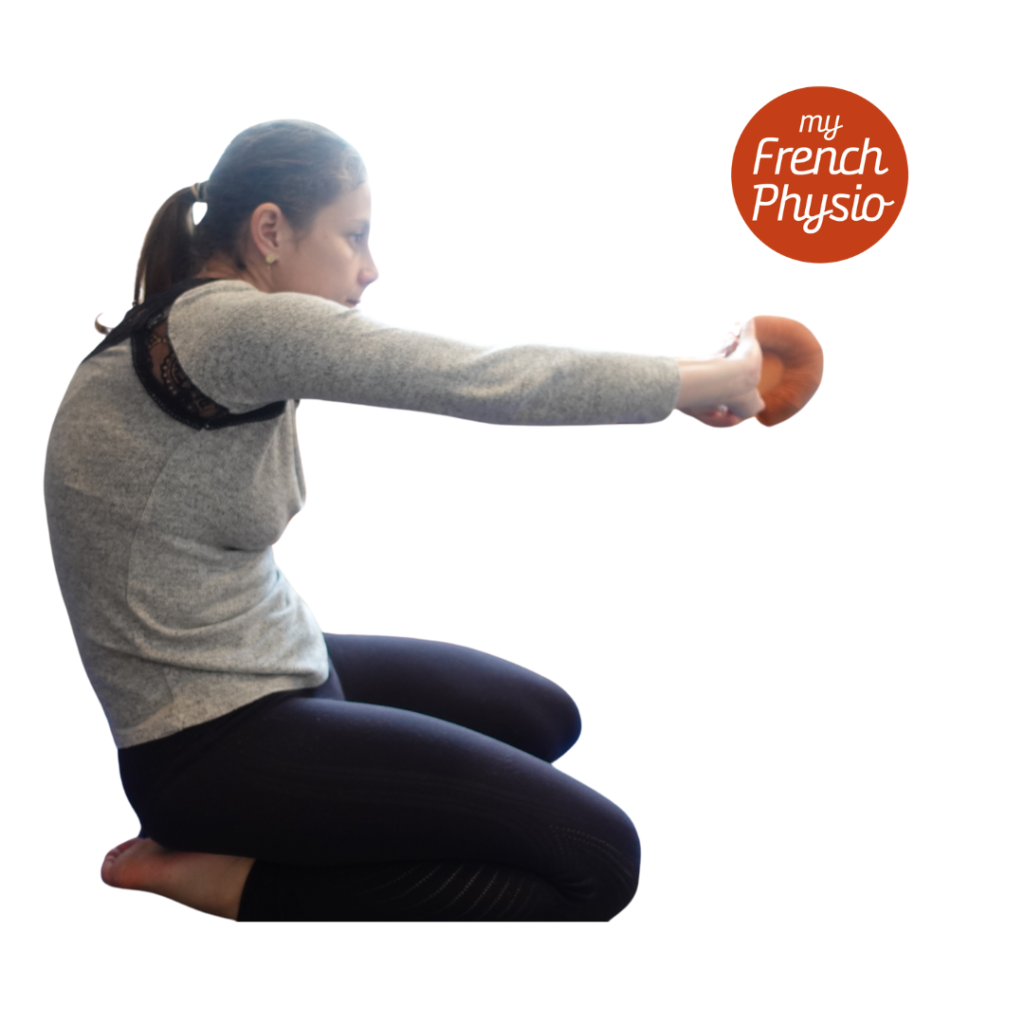
Spinal stretch
- Sit with legs crossed
- Keep your pelvis neutral
- Without tilting your head up or down, slowly draw your chin in towards your neck as if you’re making a double chin. You should feel a stretch at the back of your neck.
- Hold the position for 5-10 seconds, remembering to breathe deeply and relax your shoulders.
- Relax your chin back to a neutral position, then repeat the movement for a total of 5-10 repetitions.

Upper Back Stretch
- Sit or stand tall with your spine straight.
- Clasp your hands together in front of you, palms facing outward.
- Extend your arms forward and round your upper back, like you’re hugging a big beach ball.
- Hold the stretch for 15-30 seconds while breathing deeply.
- Repeat 2-3 times.
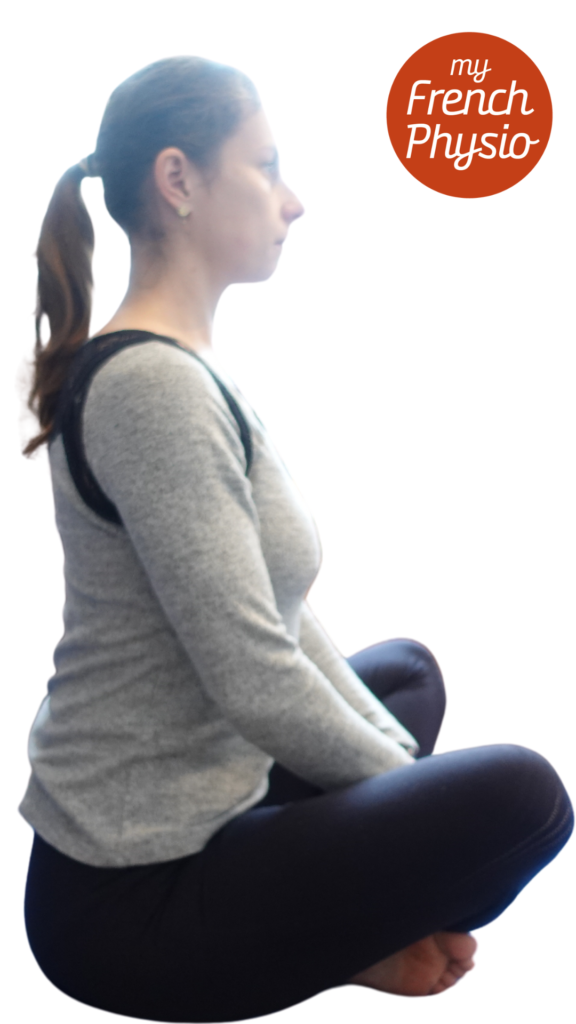
Shoulder Rolls
- Sit or stand tall with your arms relaxed by your sides.
- Shrug your shoulders up towards your ears, then roll them back in a circular motion, squeezing your shoulder blades together.
- Continue the circular motion for 10-15 repetitions, then reverse direction for another 10-15 repetitions.

Neck Stretch
- Sit or stand tall with your spine straight.
- Slowly tilt your head to one side, bringing your ear towards your shoulder until you feel a gentle stretch along the side of your neck.
- Hold the stretch for 15-30 seconds, then return to the starting position.
- Repeat on the other side.
- You can also gently rotate your head from side to side to release tension in the neck muscles.
Chest Opener Stretch
- Stand tall with your feet hip-width apart.
- Clasp your hands behind your back and straighten your arms.
- Squeeze your shoulder blades together and lift your hands away from your body, opening up your chest.
- Hold the stretch for 15-30 seconds while breathing deeply.
- Repeat 2-3 times.
Child’s Pose Stretch
- Start on your hands and knees, with your wrists directly under your shoulders and your knees under your hips.
- Sit back onto your heels, lowering your chest towards the floor and reaching your arms out in front of you.
- Relax your forehead to the floor and let your chest sink towards the ground.
- Hold the stretch for 30 seconds to 1 minute while breathing deeply.
- To deepen the stretch, walk your hands to one side, then the other, to stretch the side of your body.
If you’re unsure or experiencing any difficulties, consider seeking guidance from a lactation consultant. Certainly if you experience persistent or severe pain, consult with a healthcare provider for further evaluation and treatment.
The Leche League is a gold mine of breastfeeding questions. Or don’t hesitate to contact us at www.myfrenchphysio.london to book an appointment with one of our Women’s Health Physios https://myfrenchphysio.london/team/.

